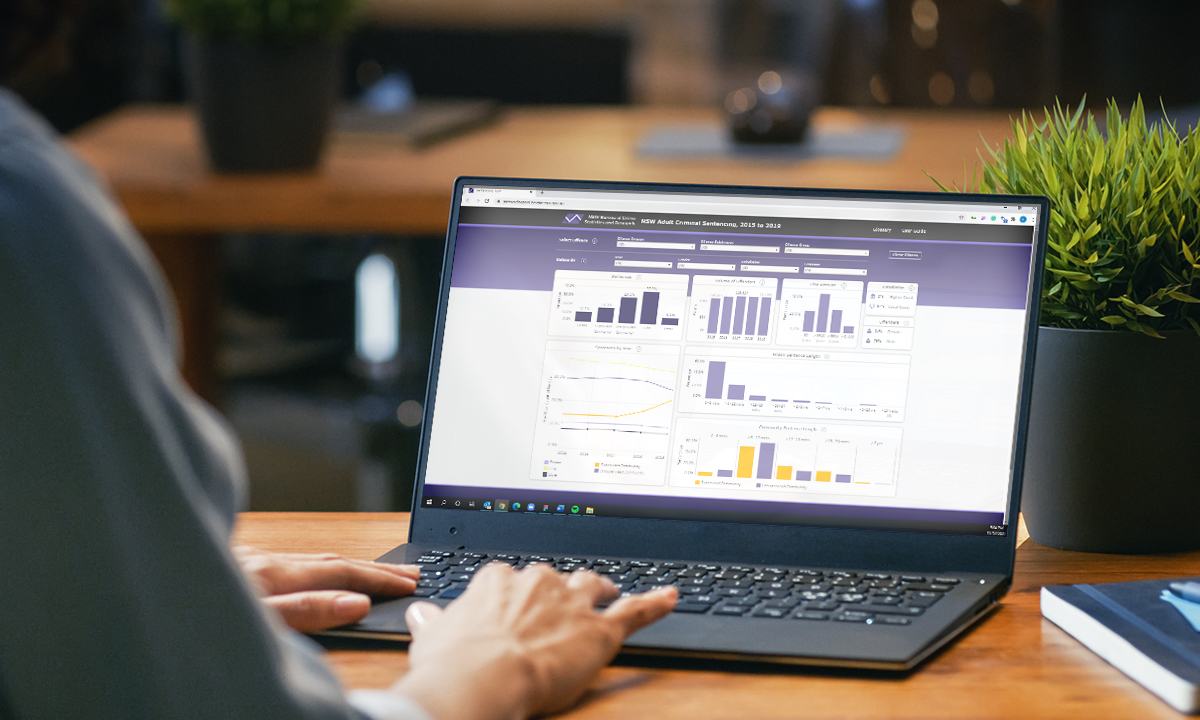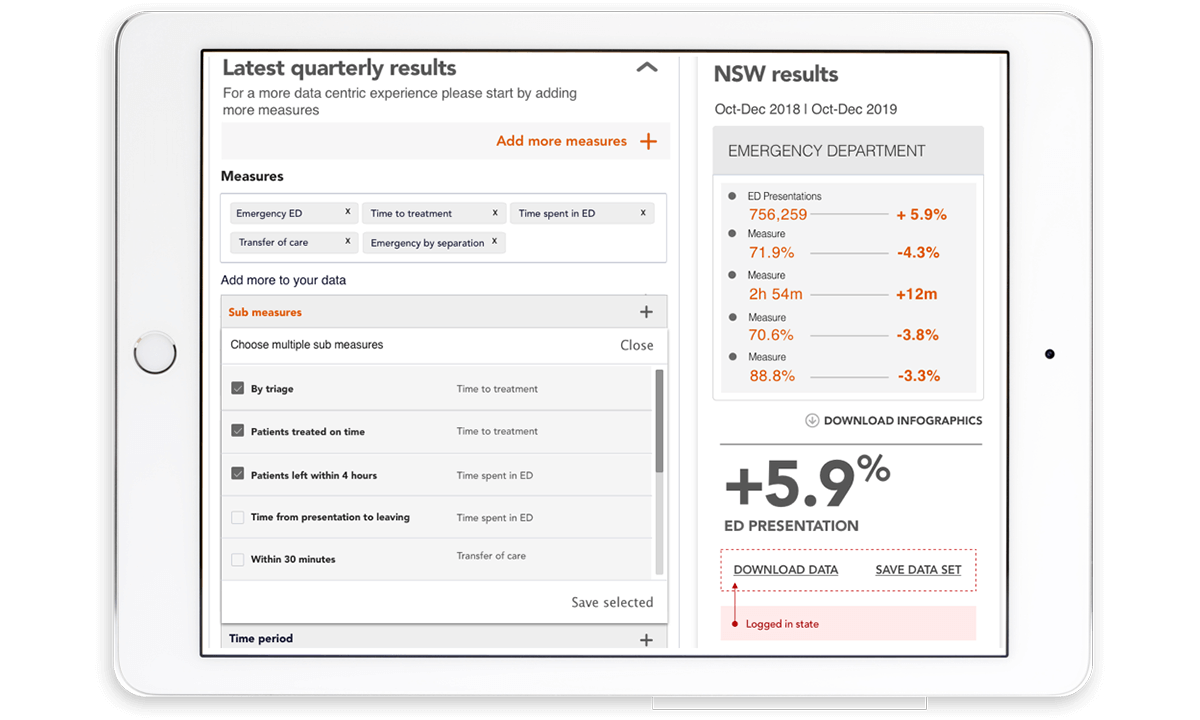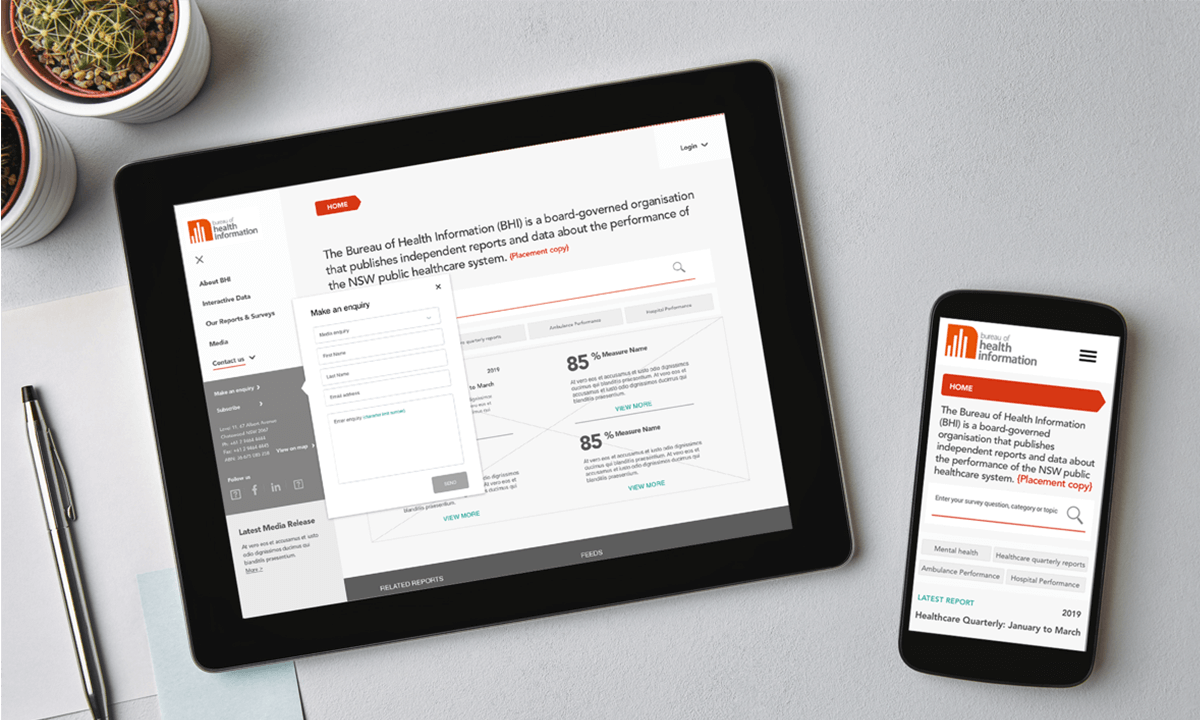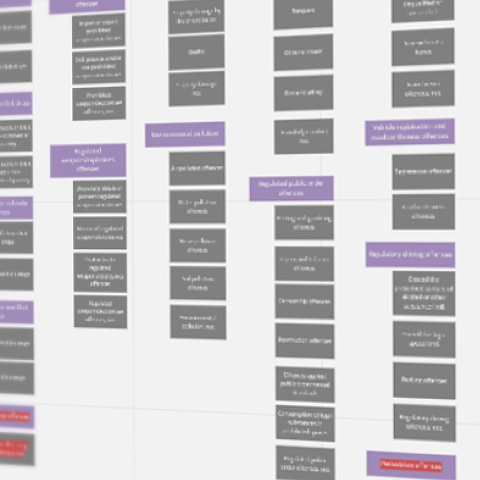Visualising trends in criminal sentencing to make better policy decisions with regards to the Justice system in NSW

The NSW Bureau of Crime Statistics and Research (BOCSAR) is a subdivision of the Department of Communities and Justice and is responsible for the processing and publication of data regarding the performance of the Justice system in NSW. In line with their internal charter to become more consumer focused, they have been driving the development of a number of innovative interactive tools, allowing external users to interact with the data sets that they collate.
I'm really pleased with the finished product we achieved through our engagement with Deepend. The Sentencing Tool significantly increases public access to information about court processes, provides a valuable resource for policy makers and stakeholders within the justice system and generally greatly improves transparency of the criminal justice system. All this in an intuitive and user friendly format!
Jackie Fitzgerald - Executive Director, BOCSAR
The first of these tools to be developed focused on the visualising of data pertaining to Criminal Court Sentencing Data. The application presents data on court sentences imposed on offenders having proven court appearances in the NSW Local and Higher Courts.
Sentence information is provided across three levels of offence classifications (grouped by the Australian and New Zealand Offence Classification groups), and allows users to apply a number of filters to view sentencing outcomes specific to their data and information needs, including offender age bracket, Gender, whether the offender had any prior convictions, and whether the offender had served any time in prison previously.

Key to the effective design of the tool was a thorough immersion phase, which involved interviewing stakeholders and key user groups including government policy makers, media and consumers, to ensure we had a balanced set of end user requirements. This influenced both the layout and the interactivity of the final works, ensuring that data was displayed in both graphical and tabular formats. This serves both the novice and expert audiences with increasing levels of flexibility in terms of interacting with the data sets.

Developed in their chosen data visualisation platform, Tableau Public, the tool is both polished and professional. The layout focusing on communicating an interconnected array of data, allowing the user to adjust and modify results via the use of several cumulative filters. This allows the user to drill down to specific data sub-sets that may be of interest when exploring specific hypotheses.
Given the sensitive nature of the data, the decision was made to only use aggregated data sets, with the application of suppression business logic to remove the possibility of unveiling particularly sensitive unit data from low responses. This ensures that users can’t filter down to sensitive results, such as the location of the recipient of a specific criminal sentence etc.





